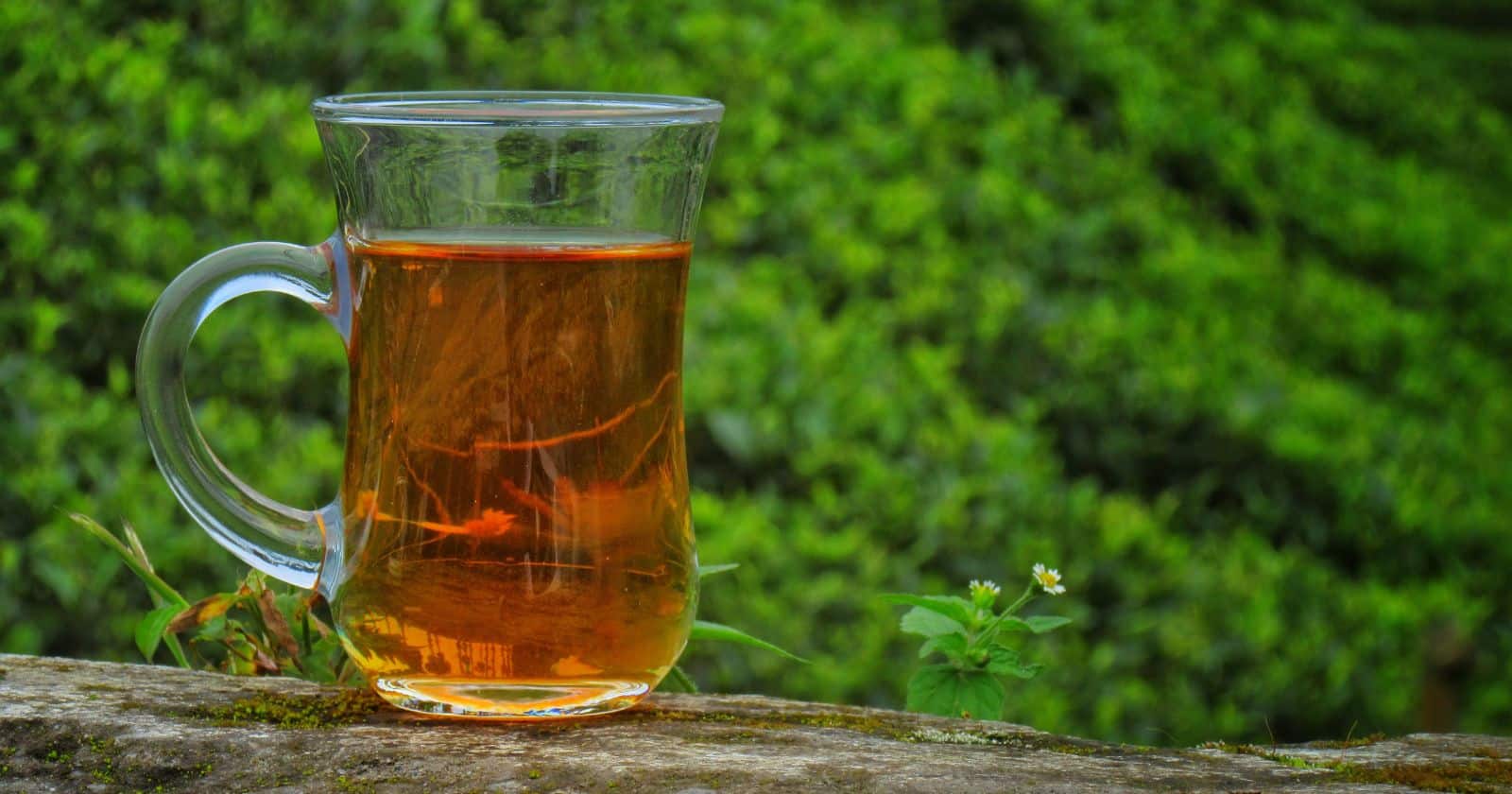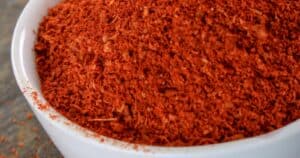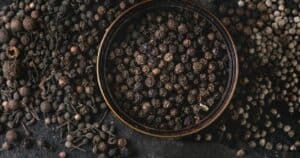Looking for a soothing and aromatic tea that can rejuvenate your senses after a long and tiring day? If yes, then Darjeeling tea is the perfect choice for you.
With its distinct flavor and aroma, this tea variant has become popular among tea lovers worldwide. If you value quality and taste, Darjeeling tea is worth a try!
Darjeeling tea is a premium tea variant grown in the Darjeeling district of West Bengal, India. It is known for its unique flavor, fragrance, and infusion of color. The tea leaves are plucked from the tea bushes that grow at high altitudes, giving it a distinct flavor different from other tea varieties.
This blog post will closely examine Darjeeling tea’s history, cultivation process, health benefits, and more.
We will also discuss the various types of Darjeeling tea and how to brew it perfectly. Stay tuned to discover everything you need about this exquisite tea variant!
What is Darjeeling tea?

Darjeeling tea is a type of tea that is grown and processed in the Darjeeling or Kalimpong districts of West Bengal, India. This tea is harvested in five flushes with different tastes, colors, and aromas.
Darjeeling tea can be black, green, white, or oolong but typically refers to light to medium-bodied black tea with fruity and floral notes. It has a golden or bronze color and a fruity aroma.
What Makes Darjeeling Tea Unique?
Darjeeling tea is a unique variant with a distinctive aroma, taste, and color. Here are some factors that contribute to its uniqueness:
- Location: Darjeeling tea is grown in a specific location, the Darjeeling or Kalimpong districts of West Bengal, India. The tea plants in this region are exposed to a unique combination of altitude, soil, and climate, which affects the flavor and aroma of the tea.
- Harvesting: Darjeeling tea is harvested in five flushes when the leaves are plucked. Each flush has a different taste, color, and aroma; the first flush is considered the best.
- Processing: Darjeeling tea undergoes a unique processing method that involves withering, rolling, oxidation, and firing. This process enhances the flavor and aroma of the tea.
- Flavor: Darjeeling tea has a fruity and floral profile with a hint of astringency. The first flush has a more delicate flavor, while the second is stronger and more full-bodied.
Overall, Darjeeling tea is a unique and prized tea variant that offers a delicate and flavorful tea experience.
History of Darjeeling Tea
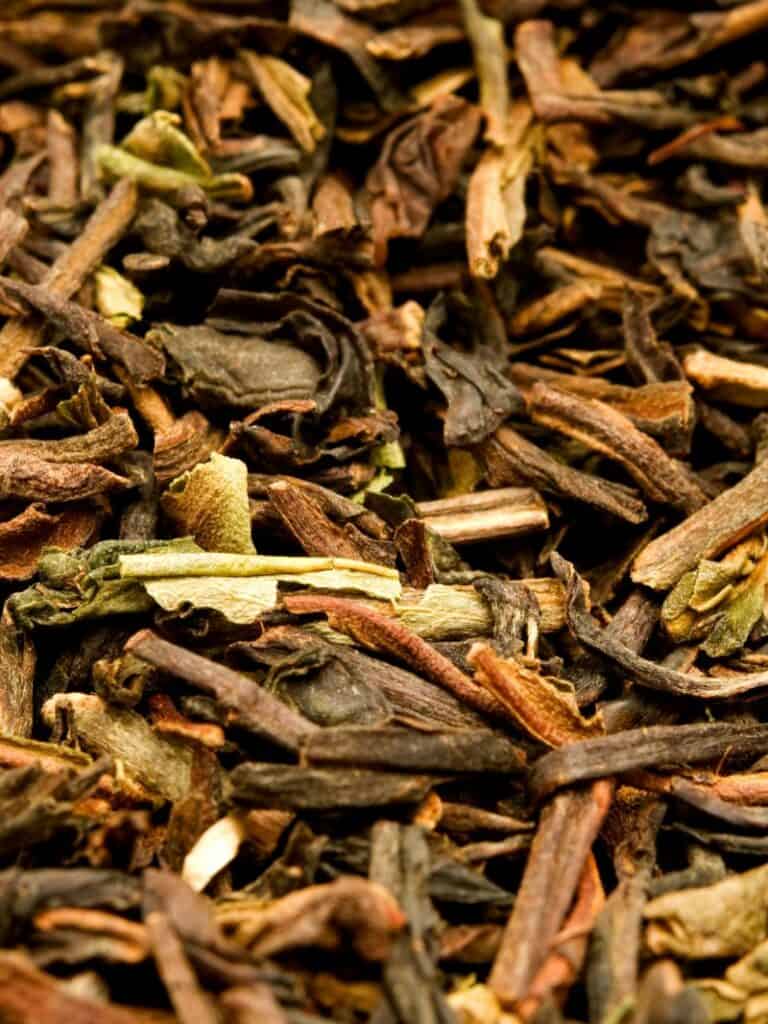
In the mid-18th century, Darjeeling was a health resort for the British, searching for a place to escape the summer heat. Dr. Archibald Campbell, the superintendent of Darjeeling, noticed the similarity between the climate and soil of Darjeeling with those of Assam, where tea had already been grown.
He introduced tea cultivation in the region in 1839 by planting Camellia sinensis seeds, which eventually led to the establishment of the Darjeeling tea industry.
The Unique Flavor of Darjeeling Tea
Darjeeling tea’s unique flavor and limited production have made it a premium tea in the global market. The tea has a distinctive aroma, and fruity, floral, and spicy notes, attributed to the region’s unique soil and climate conditions.
The high altitude, cool temperature, and well-drained soil create favorable conditions for tea production. Darjeeling tea is also produced through a conventional method that requires skilled labor, which further adds to its exclusivity.
Classification of Darjeeling Tea
Like other types of tea, Darjeeling tea is classified based on the harvest season. The first flush tea is harvested in the spring, typically from late February to April.
It has a light, delicate flavor with a pale, golden color. The second flush tea is harvested in late May and June and has a more robust, full-bodied flavor with a musky spiciness.
The autumn flush is harvested in October and November with a nutty flavor and a coppery-red color.
Exclusivity of Darjeeling Tea
Darjeeling tea’s exclusivity can be attributed to several factors. The tea bushes are grown in a limited area within Darjeeling and Kalimpong districts, and growing and harvesting the tea is labor-intensive.
The tea is also subject to strict regulations by the Darjeeling Tea Association, which ensures quality and authenticity.
Additionally, Darjeeling tea is only harvested for a few months each year, making it a rare and prized commodity.
Cultivation Process of Darjeeling Tea
Darjeeling tea is grown in the Darjeeling district of West Bengal, India.
What are the ideal growing conditions for Darjeeling tea?
- Altitude: Darjeeling tea is grown 200 to 2000 meters above sea level, providing cool weather and plenty of rainfall.
- Rainfall: The ideal annual rainfall ranges from 1700mm to 2500mm, ensuring the profitable growth of tea leaves that give Darjeeling tea its unique flavor.
- Climate: High humidity, fog, moisture, and gentle breeze are also required for the optimal growth of tea plants in Darjeeling.
- Soil: The tea plants prefer acidic soil that is well-drained, rich in organic matter, and free of compaction.
- Temperature: The ideal temperature range for growing tea is between 18 and 30 degrees Celsius, which provides a comfortable environment for tea plants.
How are the tea leaves harvested and processed?
- Plucking: The tea leaves are hand-plucked by experienced workers who selectively pick the ripest leaves from the tea plant, ensuring the highest quality of tea.
- Withering: After plucking, the tea leaves are spread out and wither in the sun or a climate-controlled room until they lose most of their moisture.
- Rolling: The withered leaves are then hand-rolled or mechanically rolled to break their cell walls and release flavor and aroma.
- Oxidizing: The rolled leaves oxidize in a cool, humid environment, causing natural chemical reactions that enhance the tea’s flavor and aroma.
- Drying: Finally, the oxidized leaves are dried using hot air or heat to stop further oxidation and reduce moisture content before packaging.
Darjeeling tea’s cultivation process ensures it is one of the finest teas globally, with its unique flavor and aroma.
Types of Darjeeling Tea
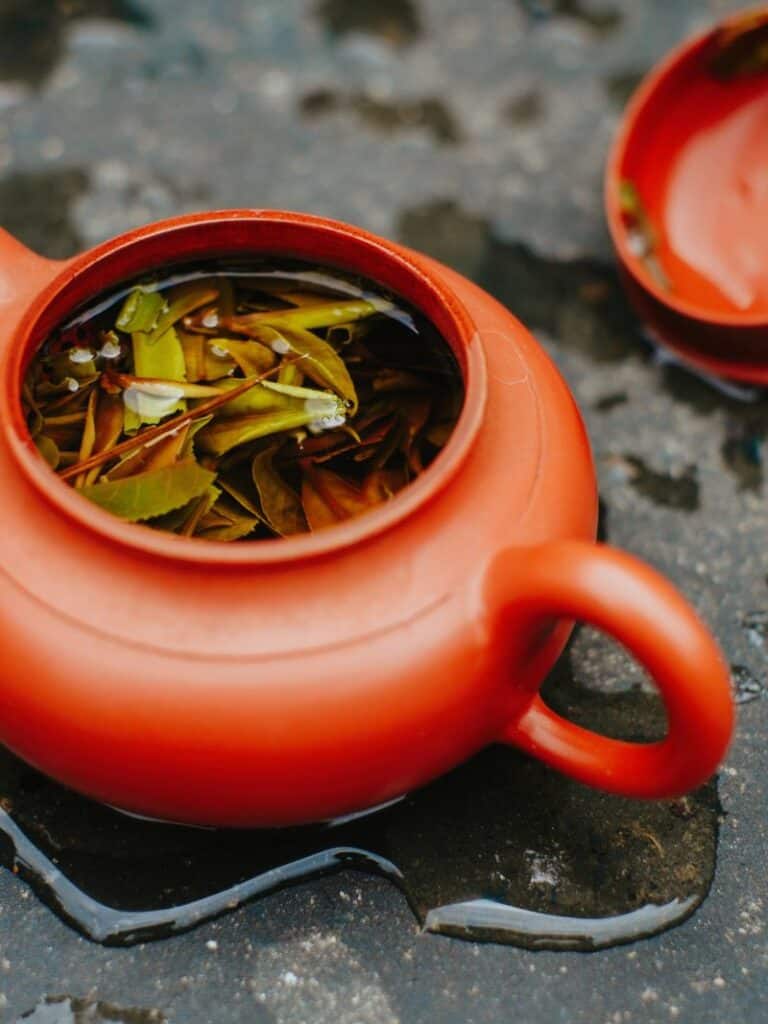
The different flushes of Darjeeling tea are First Flush, Second Flush, Monsoon Flush, and Autumn Flush teas. Each flush is harvested at different times of the year, resulting in distinct taste and aroma profiles.
- First Flush: harvested in late March to early April, this flush produces light, delicate teas with floral and fruity notes.
- Second Flush: harvested from May to June, this flush produces bolder teas with a musky, spicy aroma and a hint of sweetness.
- Monsoon Flush: harvested from July to September during the monsoon season, this flush produces teas with a darker color and a stronger flavor profile.
- Autumn Flush: harvested from October to November, this flush produces a milder tea with a nutty, earthy flavor.
In addition to flushes, Darjeeling tea can also be classified by size and quality:
- Whole leaf: the highest quality tea made from the full, unbroken leaves
- Broken leaf: small pieces of leaves, still high quality but not as visually appealing
- Fannings: smaller pieces of leaves, typically used for tea bags.
- Dust: the lowest quality tea, made from finely ground leaves
Health Benefits of Darjeeling Tea
Darjeeling tea is rich in plant chemicals such as antioxidants, polyphenols, and flavonoids. These compounds provide many potential health benefits, such as boosting the immune system, aiding weight loss, preventing heart diseases, promoting healthy skin, and reducing inflammation and chronic disease risk.
Comparing Darjeeling Tea to Other Varieties
Compared to other tea varieties, Darjeeling tea has a complex and delicate flavor profile, with floral and fruity notes. It also has a relatively low caffeine content, making it a good choice for those sensitive to caffeine.
Recommended Serving Sizes and Frequency
To enjoy the health benefits of Darjeeling tea, consuming 2-3 cups per day is recommended. Each cup should be brewed with 1 teaspoon of loose tea leaves or 1 tea bag and steeped in hot water for 3-5 minutes.
How to Brew Darjeeling Tea
To brew a perfect cup of Darjeeling tea, follow these recommended brewing methods
- Rinse your vessel with hot water and add one tablespoon of Darjeeling leaves per 8 ounces.
- Steep for 3 to 5 minutes, depending on your taste.
- Use filtered, unflavored or pure mountain spring water if possible.
- Rinse the cup or teapot with boiling water before pouring in the tea to ensure the best flavor.
For first flush of Darjeeling black tea, add one teaspoon of leaves (approximately 2.5 grams) into a teapot and pour hot water over them.
Tips to Enhance the Flavor and Aroma
Here are some tips to enhance the flavor and aroma of your Darjeeling tea:
- Brew Darjeeling tea at a temperature of 185°F to 195°F.
- Use fresh, high-quality Darjeeling tea leaves for the best flavor and aroma.
- Brew the tea for 3 to 5 minutes, depending on your taste preference.
- Do not use boiling water to brew the tea; it can burn the leaves and make them taste bitter.
- Add a slice of lemon or a teaspoon of honey to your tea to enhance its flavor and aroma.
- Store your Darjeeling tea leaves in an airtight container away from sunlight and moisture to maintain freshness and flavor.
In conclusion, Darjeeling tea is a unique and popular variety with a light and delicate flavor and a refreshing floral aroma.
By following the recommended brewing methods and using high-quality Darjeeling tea leaves, you can enhance the tea’s flavor and aroma and enjoy a perfect cup of tea every time.

